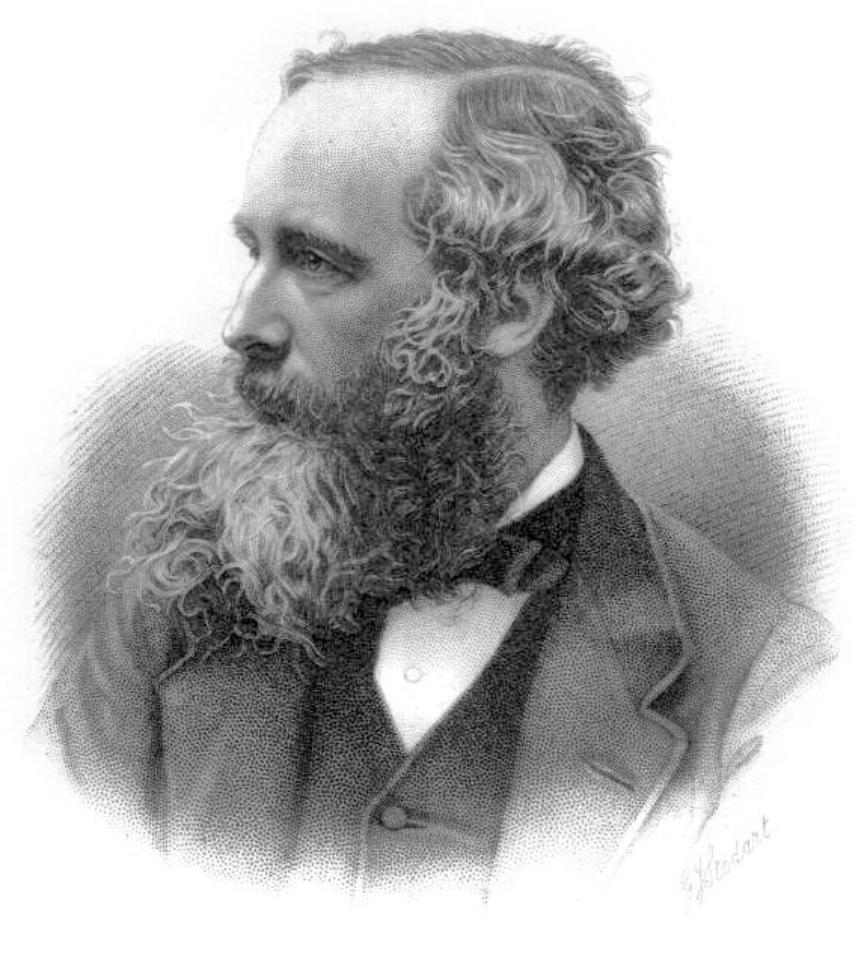James Clerk Maxwell was making waves in 1865, both figuratively and literally. Having devised a new model for the relationships between electricity, magnetism, and light and, ultimately, proving that they are all essentially different forms of a single phenomenon, his “A Dynamical Theory of the Electromagnetic Field” detailed how electric and magnetic fields moving at the speed of light, travel through space as waves.
Maxwell, whose achievements included taking the first permanent color photograph, produced many ideas that were revolutionary for their time, and which remain influential even today. In fact, it had been Maxwell’s revolutionary equations that recently aided a team of researchers in the discovery of an all-new variety of light wave.
Talk about seeing things in a new light.

A joint team of engineers and scientists from Pennsylvania State University and the University of Edinburgh (Maxwell’s alma mater) made the discovery while manipulating different varieties of crystals in order to produce this new kind of light wave, which have since been dubbed Dyakonov-Voight waves.
The Dyakonov-Voight waves appear at interfaces, which are areas where the crystalline structures used in the study meet materials that include oil or water. For the waves to be produced, special crystals were used which behave in accordance with the direction that light enters and passes through them.
More From The Gralien Report: Breaking Records for Spaceflight, the Military’s X-37B Spaceplane Remains Mysterious
These new light waves were discovered with the help of equations developed by Maxwell around the time of his landmark contributions to physics. Hence, while it may be difficult to teach an old dog new tricks, new things can certainly be learned from old dogs… and in Maxwell’s case, even those that have long since left this dimension of space-time.
The study, written by authors Tom G. Mackay, Chenzhang Zhou and Akhlesh Lakhtakia, is titled “Dyakonov–Voigt surface waves”, appeared in Proceedings of the Royal Society A: Mathematical, Physical and Engineering Sciences.



